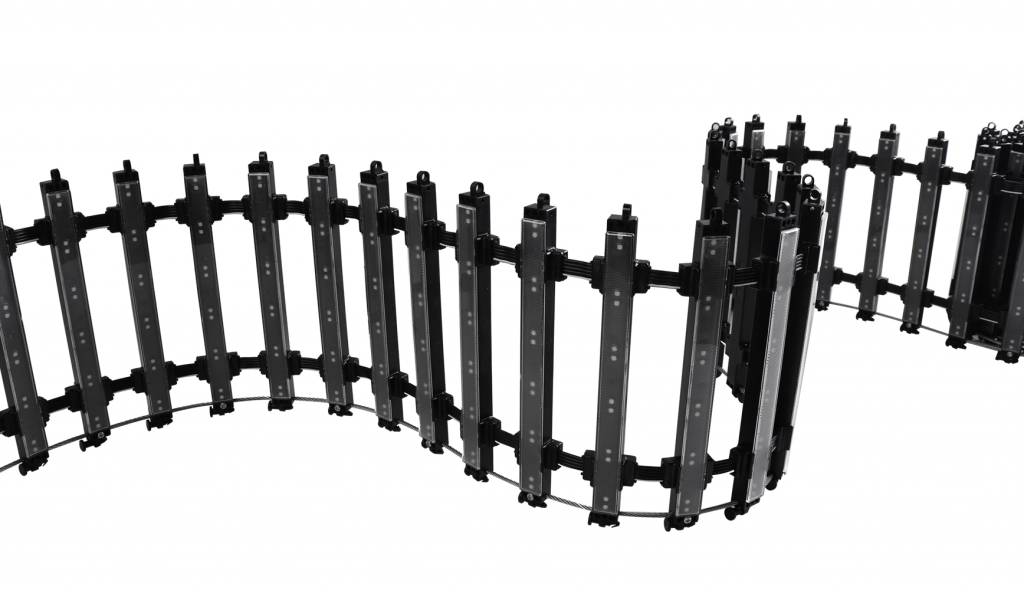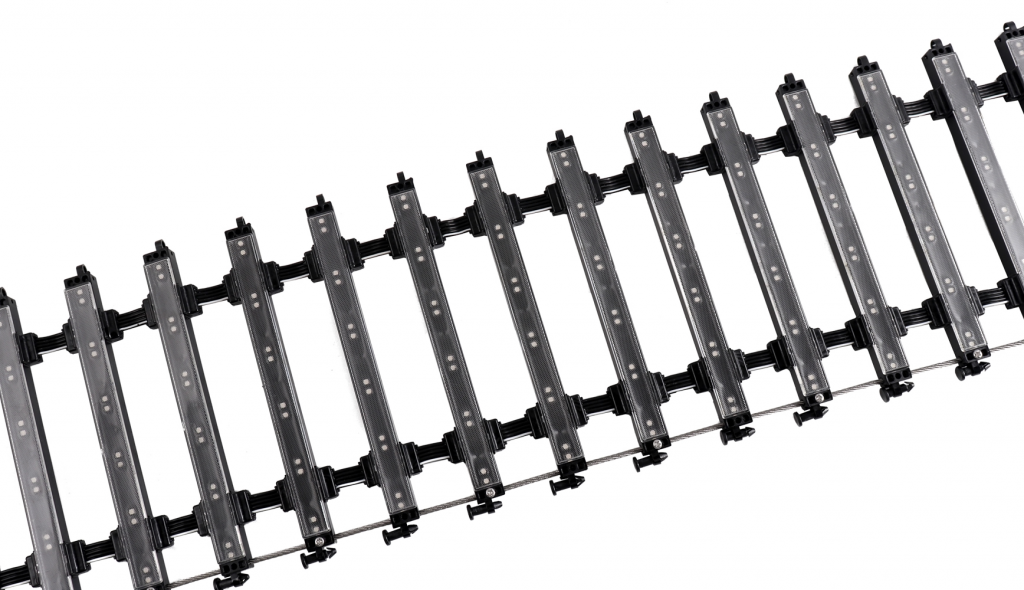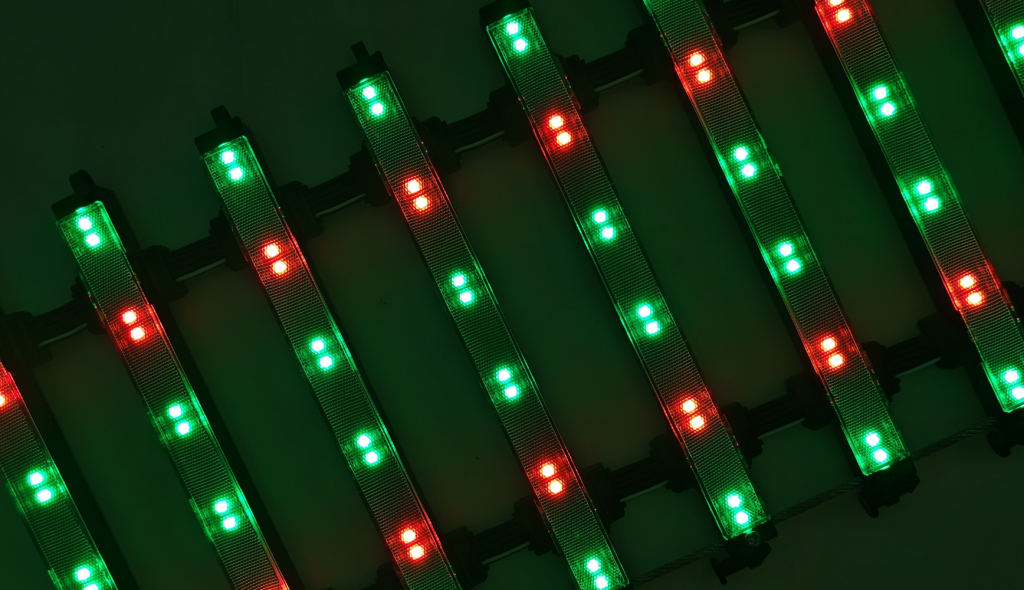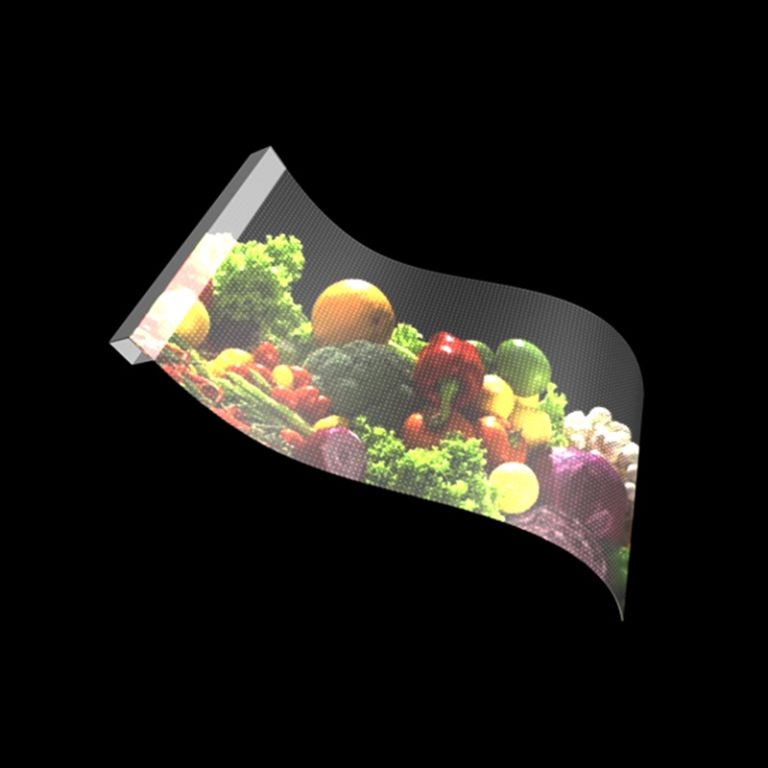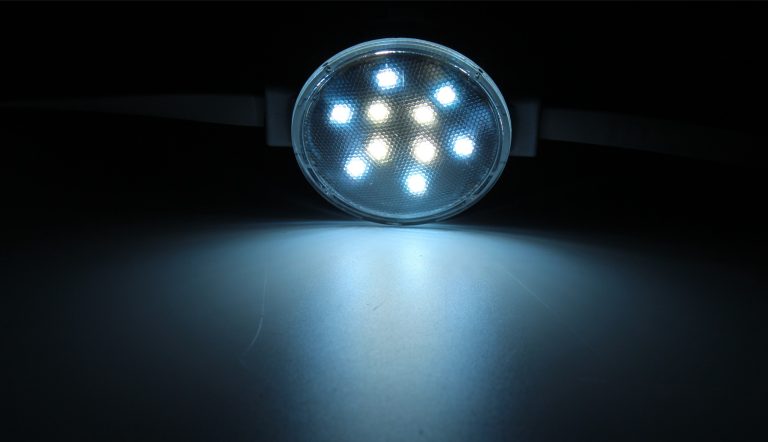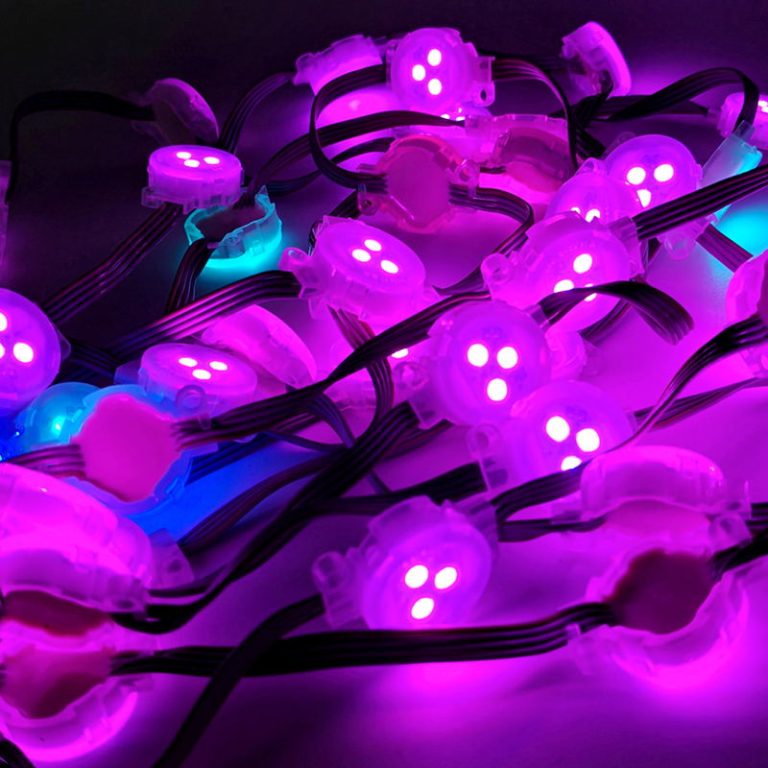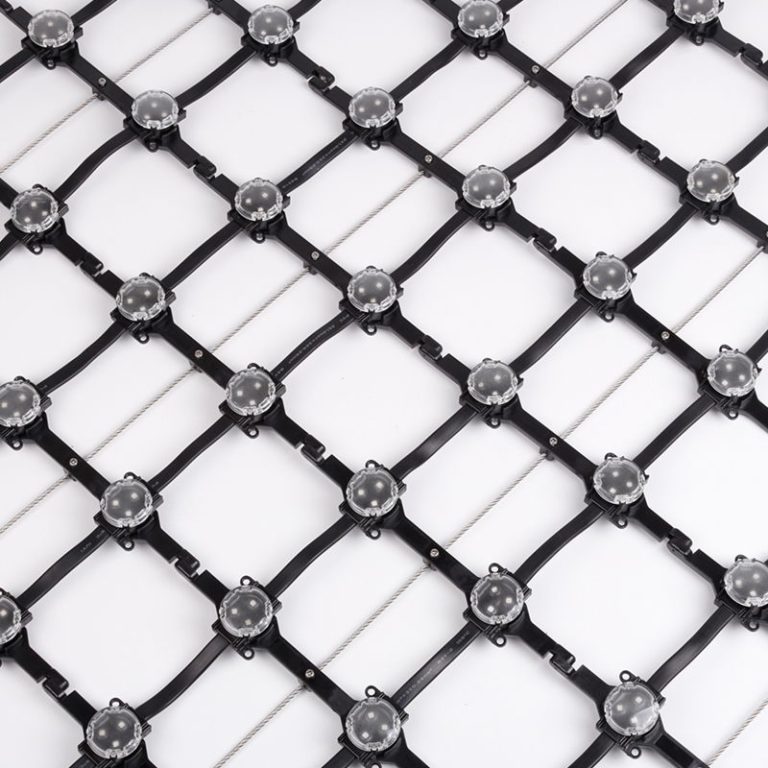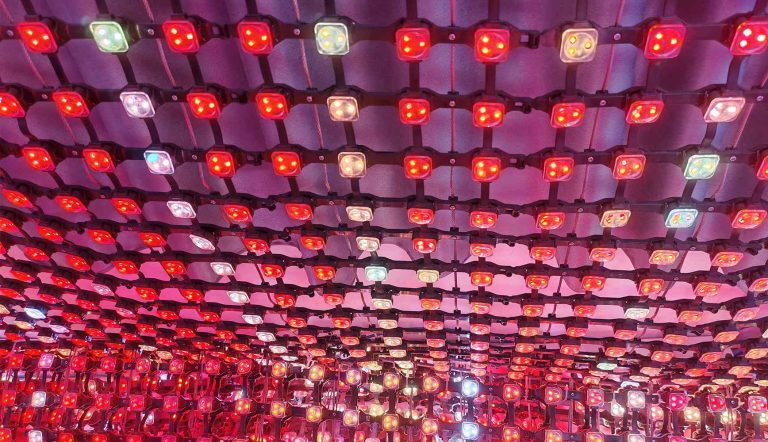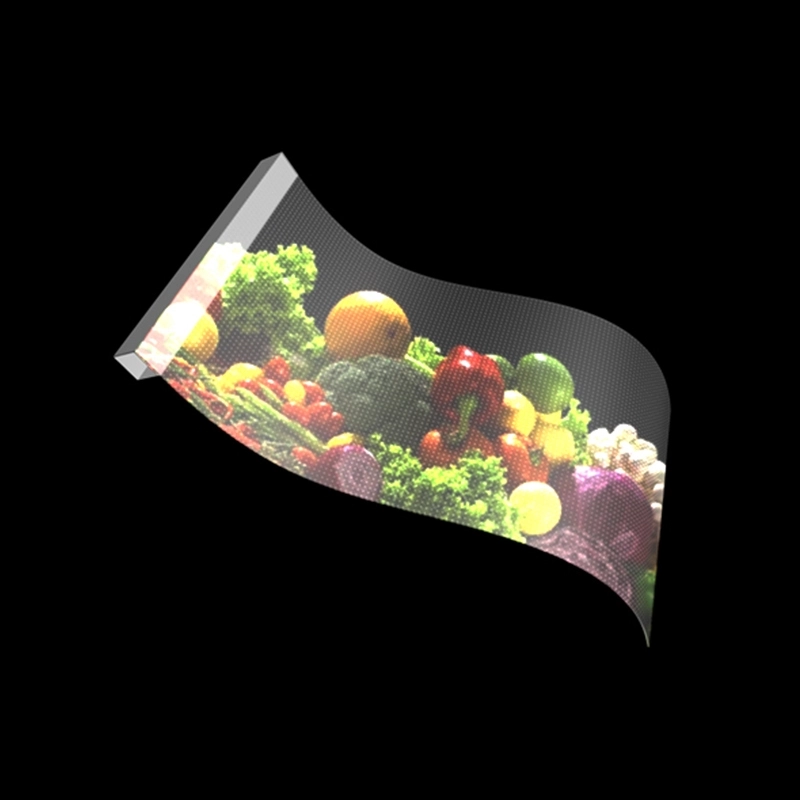
Picture this. A bustling city skyline at dusk. A towering glass facade on a corporate headquarters comes alive. Swirling patterns of light and color dance across it. Pedestrians pause. They pull out their phones. They capture the display. It turns a static building into a canvas for storytelling. Maybe it’s promoting a new product launch. Or celebrating a milestone. That’s the power of a large-scale flexible transparent screen. Now imagine planning it. The excitement fades fast. The numbers start adding up. How do you turn that vision into reality? And without the budget spiraling out of control?
As project managers, architects, or marketing leads, you’ve likely wrestled with this. Flexible transparent screens blend right into glass walls. Or curved structures. They offer 85-95% transparency. So daylight pours through uninterrupted. But their custom nature demands careful financial mapping. Tailored for massive areas like 500 square meters or more. In this post, we’ll break down the costs step by step. We’ll draw from real-world installs. And industry benchmarks. By the end, you’ll have a clear framework. One to budget your own project. It keeps expenses grounded. While maximizing impact.
What Makes Flexible Transparent Screens a Smart Choice for Big Builds?
These screens aren’t just flashy add-ons. They’re engineered for endurance. Think high-stakes environments. Airports. Retail atriums. Or stadium exteriors. Visibility and reliability matter most there. Unlike rigid LED panels, flexible versions hug irregular surfaces. They maintain pixel-perfect visuals. From angles up to 160 degrees.
Take the recent revamp of a 1,200-square-meter facade. It was on a Shanghai financial district high-rise. The team needed a display. One that wouldn’t block views. Or natural light. So they chose a transparent film screen. It boasted 3,000 nits brightness. That gave it daytime punch. Installed in under two weeks. It cut energy use by 40%. Compared to older neon setups, per project reports. Costs? We’ll dissect that soon. But the upfront planning saved them. From overruns that plague 30% of similar jobs. According to AV industry surveys.
The appeal lies in versatility. These screens handle dynamic ads. Or immersive art. With pixel pitches as tight as P4. For crisp 62,500 dots per square meter. They’re IP67-rated for weather resistance. They run on low-voltage DC5V systems. Those sip power. Averaging 200 watts per square meter. For large-scale projects, this means lower long-term bills. But getting the initial outlay right? It requires unpacking each layer.
Breaking Down the Core Costs: Where Does the Money Go?
Budgeting starts with the basics. Hardware. Setup. Brains. And upkeep. Let’s slice it open. Industry data from 2024-2025 shows totals. For a 500+ square meter install. They hover between $150,000 and $500,000. Or $300 to $1,000 per square meter all-in. That’s a wide range. Influenced by specs like resolution. And location. But here’s the granular view.
Hardware: The Heart of Your Display
This is the biggest chunk. Often 50-60% of the total. You’re buying modules. They form the screen. Each a lightweight film. Under 3 kg/m². LEDs embedded in a see-through substrate. Prices drop with volume. A bulk order for 1,000 square meters might shave 20-30% off retail rates.
Expect to pay $150-400 per square meter. For quality units. Why the spread? Finer pixels. P4 vs. P8. Higher brightness. Up to 7,000 nits. Those push toward the upper end. Add-ons like RGBW for richer whites. Or anti-glare coatings. They tack on 10-15%.
| Component | Cost per SQM (USD) | Notes for Large-Scale |
|---|---|---|
| Base LED Modules (P6-P8 pitch) | $150-250 | Standard for 500m²+; 87% transparency, 2,500-3,000 nits. Bulk discounts at 50m²+. |
| High-Res Modules (P4 pitch) | $300-400 | 62,500 dots/m²; ideal for close-up views in urban settings. |
| Custom Cutting/Folding | $20-50 | Arbitrary shapes for curves; minimal for flat installs. |
| Power Supplies | $30-60 | DC12V/24V units; efficient, with surge protection for 24/7 ops. |
In that Shanghai project, hardware ran $220 per square meter. For 1,000 nits base models. Totaling $264,000. They sourced from a supplier. One with in-house R&D. It avoided import markups. Those inflate costs by 15%.
Installation: Fitting It All Together
Labor and rigging can surprise you. 15-25% of the budget. These screens install fast. Double-sided tape. Or clips on glass. No heavy frames. But scale amplifies variables. Like height. Access. And site prep.
For a ground-level retail wrap, figure $50-100 per square meter. Two-person crews at $75/hour. They wrap up in 1-2 days per 100m². High-rises? Add scaffolding. Or lifts. It bumps to $150-300. Weather delays in outdoor jobs add 10% contingency.
- Site Survey and Prep: $5,000-15,000 flat fee. Includes wind load calcs. And surface checks. Critical for curved facades.
- Mounting Labor: 4-8 hours per 50m². Teams use modular splicing. For quick alignment.
- Testing Phase: $10-20 per square meter. Pixel mapping ensures no dead spots. Vital for seamless large arrays.
Pro tip: Factor in downtime. A phased rollout. Say, 200m² sections. It keeps costs linear. And lets you tweak on the fly.
Control Systems: The Brains Behind the Brilliance
No screen shines without smarts. 10-15% here. DMX512 or NovaStar controllers handle syncing. With apps for remote tweaks. For large-scale, integrate with building management. For automated schedules.
Basic setup: $20-50 per square meter. Including cabling. Advanced? $100+ for AI-driven content. That adapts to crowds. Or weather. In our example, a $40,000 control suite. It managed 1,200m². Enabling real-time ad swaps. Those boosted engagement by 25%.
Ongoing Maintenance: Planning for the Long Haul
Don’t sleep on this. 5-10% upfront. Then $10-30 per square meter annually. These screens last 100,000+ hours. But dust, UV, and vibrations take a toll. Budget for modular swaps. One faulty panel doesn’t sideline the whole array.
- Warranty Coverage: 2-3 years standard. Extend for $5-10/m².
- Cleaning Kits: $2,000-5,000 initial. Gentle wipes preserve transparency.
- Remote Monitoring: $1,000/year subscription. Alerts for faults. They cut site visits by 50%.
Real-World Example: Scaling Up Without Breaking the Bank
Fast-forward to a European airport expansion. Last year. The brief: An 800-square-meter curved terminal screen. For flight info and ads. Transparent enough for passenger sightlines. Initial quotes hit $800,000. Daunting. But by prioritizing P6 modules. At $180/m². And local labor. They landed at $420,000 total.
Breakout: Hardware $144,000 (34%). Install $80,000 (19%). Controls $50,000 (12%). Maintenance reserve $20,000 (5%). Misc $126,000 (30% for shipping/taxes). ROI kicked in fast. Foot traffic up 18%. Per analytics. The key? Early supplier talks. They locked in volume pricing. Echoing lessons from 70% of successful AV projects. Collaborate upfront.
Strategies to Keep Your Budget in Check
Trimming fat doesn’t mean cutting corners. Start with a needs audit. Do you need 7,000 nits? Or will 3,000 suffice? Phased buys spread payments. Hunt efficiencies. Like energy-efficient drivers. Those qualify for green rebates. Up to 20% back in some markets.
Negotiate ODM terms for tweaks. Like custom pixel densities. Without premiums. And always build a 15% buffer. For surprises. Like permitting delays. These moves can slash totals. By 20-30%. Turning a stretch goal into a win.
Spotlight on XinHe: Your Partner in Transparent Innovation
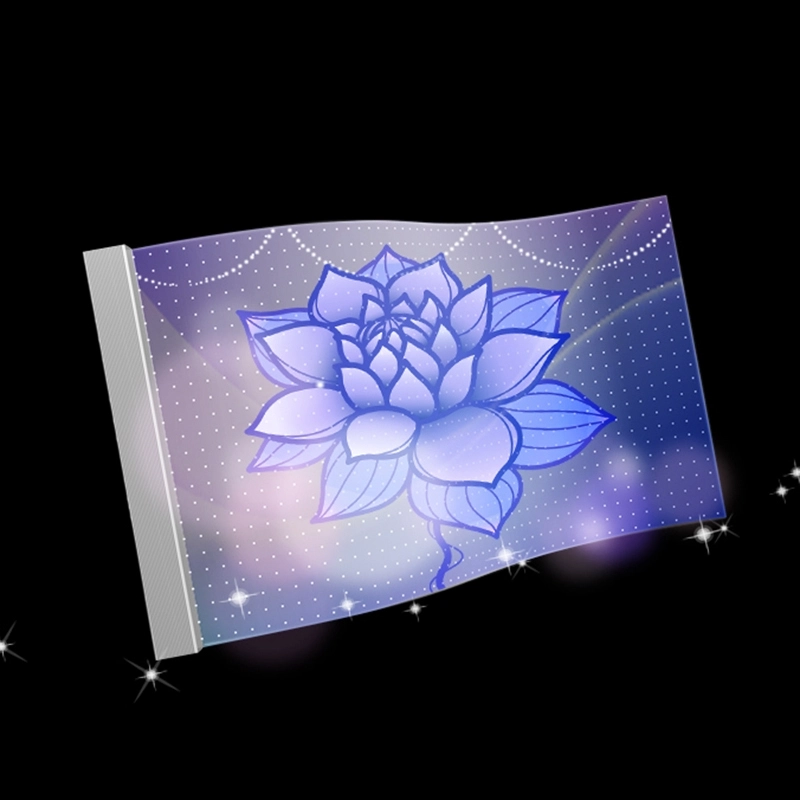
When it comes to sourcing reliable flexible transparent screens, Shenzhen XinHe Lighting Optoelectronics Co., Ltd. stands out as a dedicated supplier with two decades of hands-on experience. Founded in 2004 in the heart of Shenzhen’s tech hub, XinHe has grown into a powerhouse with over 250 staff and a sprawling 6,000m² facility churning out award-winning “Bean” series products. They’re not just manufacturers; they’re problem-solvers, holding 80+ patents for breakthroughs like ultra-thin films that fold effortlessly over curves while hitting 95% transparency.
What sets XinHe apart? Their end-to-end support—from scheme design and budgeting to on-site tweaks—ensures large-scale projects run smooth. Certified under ISO9001 and ISO14001, they prioritize durability, with screens built for -20°C to +60°C extremes and lifespans exceeding 100,000 hours. Whether it’s a Miracle Bean LED Crystal Screen P4 for vivid indoor displays or rugged outdoor pixels, XinHe’s ODM/OEM flexibility means tailored solutions that fit your vision—and your wallet—without the fluff.
Wrapping It Up: Make Your Vision Affordable
Budgeting a large-scale flexible transparent screen project boils down to balance. Bold ideas meet smart math. From hardware’s heavy lift. To the subtle savings in maintenance. Every dollar counts. Toward a display that captivates. Without compromise. Armed with this breakdown, you’re set to pitch confidently. Negotiate sharply. And deliver results. Ones that turn heads. Remember, the best installs aren’t the priciest. They’re the ones that align cost with lasting value.
Frequently Asked Questions
How does the cost per square meter vary for large-scale flexible transparent screen projects?
For setups over 500 square meters, expect $300-800 per square meter all-in, depending on resolution and site challenges. Bulk hardware drops to $150-300, making volume key to a solid budgeting your vision.
What hidden fees should I watch for in a cost breakdown?
Permits, custom cabling, and travel for techs can add 10-20%. Always include a contingency line—it’s saved many from mid-project hits in flexible transparent screen projects.
Can I scale down costs without losing quality on transparent screens?
Absolutely. Opt for P6 pitches over P4 for distant views, and lean on efficient controls to cut power draws by 30%. It’s all about matching specs to your space for that perfect a cost breakdown.
How long does ROI take on these large-scale installs?
Typically 12-24 months, via boosted engagement and energy savings. One airport case recouped in 18 months through ad revenue—proof that smart budgeting your vision pays off quick.
What’s the best way to start budgeting your vision for a flexible transparent screen?
Kick off with a site audit and supplier consult. Factor hardware at 50%, labor at 20%, and build from there—keeps your large-scale flexible transparent screen projects grounded and exciting.

